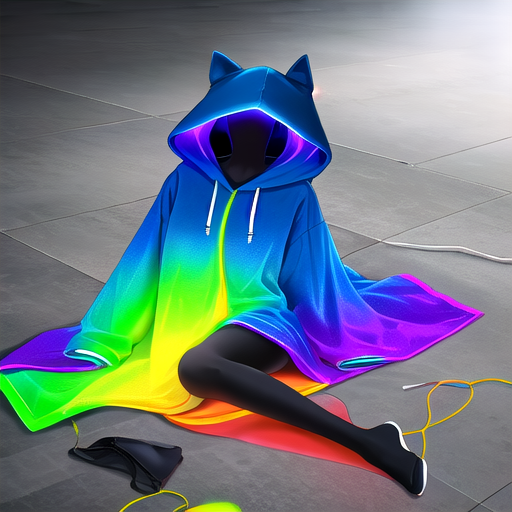I have currently a RX 6700XT and I’m quite happy with it when it comes to gaming and regular desktop usage, but was recently doing some local ML stuff and was just made aware of huge gap NVIDIA has over AMD in that space.
But yeah, going back to NVIDIA (I used to run 1080) after going AMD… seems kinda dirty for me ;-; Was very happy to move to AMD and be finally be free from the walled garden.
I thought at first to just buy a second GPU and still use my 6700XT for gaming and just use NVIDIA for ML, but unfortunately my motherboard doesn’t have 2 PCIe slots I could use for GPUs, so I need to choose. I would be able to buy used RTX 3090 for a fair price, since I don’t want to go for current gen, because of the current pricing.
So my question is how is NVIDIA nowadays? I specifically mean Wayland compatibility, since I just recently switched and would suck to go back to Xorg. Other than that, are there any hurdles, issues, annoyances, or is it smooth and seamless nowadays? Would you upgrade in my case?
EDIT: Forgot to mention, I’m currently using GNOME on Arch(btw), since that might be relevant


Yeah. I have a multi-monitor VRR setup as well and happened to have a 3090 and not being able to take advantage of Wayland really sucks. And its not like Xorg is any good in that department either so you’re just stuck between a rock and a hard place until explicit sync is in
Lets see what will happen first- me getting a 7900xtx or this protocol being merged
Now I’m actually considering that one as well. Or I’ll wait a generation I guess, since maybe by then Radeon will at least be comparable to NVIDIA in terms of compute/ML.
Damn you NVIDIA
Yes, I am pretty much in the same boat, running Linux as a daily driver and currently having an ancient AMD GPU and was thinking to buy NVIDIA for exactly ML but I really don’t want to give them my money, as I dislike the company and their management but AMD is subpar in that department, so not much of a choice
I haven’t kept up with the explicit sync support since I eventually did migrate over to AMD in October after the 545 Nvidia driver came out and didn’t impress me at all - however I did hear in passing that you can get the explicit sync patch already in some ways, just a quick search reveals that Arch has this in the AUR already as
xorg-xwayland-explicit-sync-gitand that Nobara might already have it (I can’t find official confirmation on this).I noticed there was also some debate as to whether you would need a patched version of the compositor as well - but someone claims that just the XWayland patch worked for them (links to Reddit, as a heads up).
So your mileage may vary and it might require a varying level of work depending on what distro you run, however it might be worth looking into a bit more.
The patches exist for Wayland/Xwayland but the Compositor itself has to be patched as well for it to completely work. KDE does not have its fix for explicit sync merged in yet so its not patched as of Plasma 6.0.1. It did make things slightly better but all it did was make the flickering less frequent, but its still there.
I see, well hopefully it’ll get merged in the various compositors soon then! Wayland was a non-starter for me with that issue, and is precisely what led me to AMD.